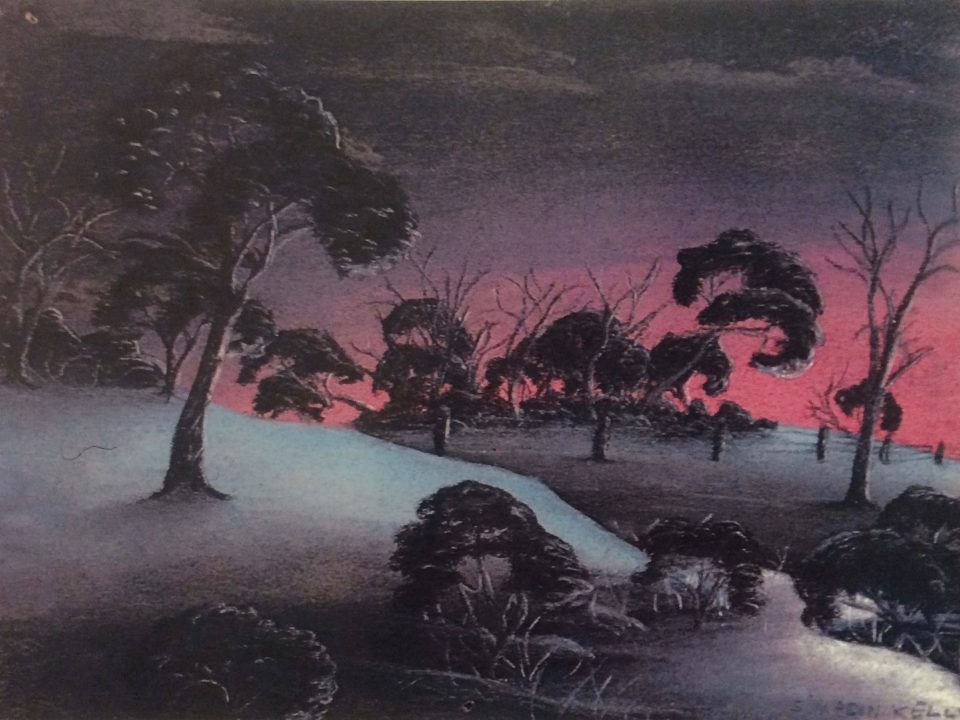Putting the finishing touches to this blog in a hotel in Reading, UK, before returning to Australia tomorrow. It’s been a wonderful month seeing my children, grandchild, brother and family, cousin and his wife, and close friends. It’s back to working on the Carrolup project next week, after a break other than posting blogs.
In a previous blog, Intergenerational, or Historical, Trauma Revisited, I linked to a video of Canadian Dr Joe Solanto talking about trauma and intergenerational trauma. Here, I have linked to the third part of his talk, which focuses on inter-generational healing. Here are a couple of extracts of this excellent six minute video clip:
‘Intergenerational healing can act as a ripple effect. How does this take place?
We can see that in various families and in various communities and across the land, as healing happens it builds a momentum. It is also contagious. If trauma is contagious, healing is contagious.
And so what is happening is that this healing, whatever form it is taking, is starting to spread as people increasingly take their individual or collective journey. And what they are doing is they are breaking the silence.
They’re talking about the history in a more accurate way, so that people are hearing not just the stories of defeat and failure, but the histories of wisdom and sacredness and wholeness and balance.
They’re also reviving their traditions. They are recognising that the soul that has been wounded needs the spiritual healing…’
‘… And so when we look across the land and we see in the communities where these are the factors that are emerging they have very low or no problems with youth suicide, for example.
There are places around Canada where communities have done this kind of rebuilding and resurrecting themselves and the kids are getting the message that life is worth living, that the future has promise for me.
They see role models in their community and visible evidence of a possibility for themselves that can get them through that stormy angry period of adolescence so that they can hold on for that hopeful future.’


